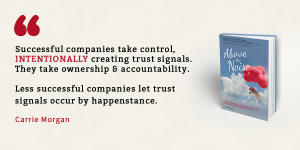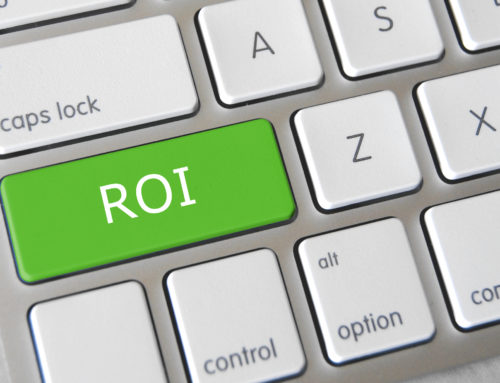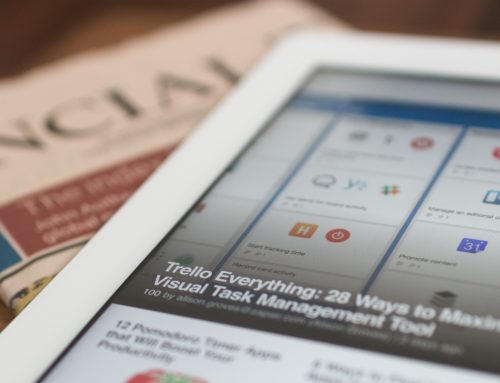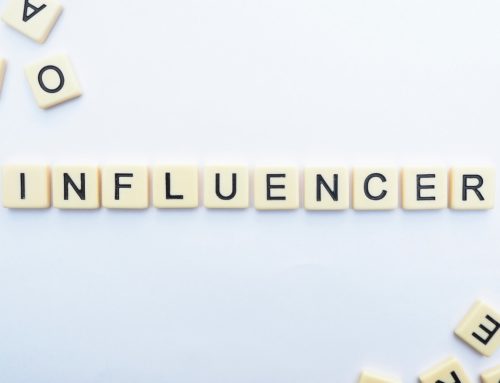 Guest Post by Carrie Morgan
Guest Post by Carrie Morgan
Trust. It’s cumulative energy.
Michelangelo painstakingly sculpted each individual hair on David’s head””each eyelash, each eyebrow hair, each strand in a curl””knowing that his care and attention to the thousands of small details added to the quality of the finished sculpture.
Every dimple, carved line, and swoop of a tool mattered. The end result? A work of art that captures our hearts and imaginations, even thousands of years later.
We recognize the impressive end result, not those small details and how David was created. We appreciate and admire that finished sculpture.
Trust is similar. It takes a collection of micro-moments to build trust for a brand or company, a collection of touch-points and experiences that accumulate into an impression of trustworthiness.
Every touch-point is like detail in a larger work of art, contributing to the final image, the larger truth. Trust is something we can’t directly create, since it exists only in the mind of one person, but we do have incredible power to influence how it grows.
Custodians of trust
As PR professionals, I’d like to think we are the ultimate owners of trust. Every message, every piece of editorial and every social media post or reply adds a small trust signal to that collective experience.
In many ways, we’re ambassadors of trust.
So what kind of touch-points create positive trust signals, including online trust? Sometimes it’s the tiniest of things, or even something that looks tiny on a surface level, but is enormously complex on the back end, an iceberg most never realize even exists:
- A Facebook page response to a complaining or frustrated customer.
- A website free of misspelled words, grammatical errors and broken links.
- Brand clarity and consistency in messaging. (After all, if we don’t have a clear vision of our own brands and audiences, why should they?)
- Social media that reflects responsiveness and engagement.
- Customer service with an attitude of caring and respect.
- Quality of graphic design and content that inspires confidence.
- Content that is original and shows expertise, instead of regurgitating other people’s opinions and tips.
These all have one thing in common; they show a company that is paying attention to details, and is mindful of how they communicate.
Are we being mindful enough? Are we watching, listening?
We don’t talk about trust internally NEARLY as often as we should. Sometimes the best thing we can do for our clients, agencies or employers is simply taking time to stop. Stop and review the big picture, looking at your online presence from the mind of an outsider.
No matter how busy we are, or at what level of experience and job title, there’s power to be had from listening, then acting on what you hear.
Wouldn’t it be incredible if every PR pro stopped just once a year to listen, and created some kind of trust and reputation audit? It would have an amazing impact on the quality of our thinking and our digital strategies.
How would I do a trust audit?
I think I’d start with a review of messaging on ALL digital assets, looking for consistency and clarity. I’d also take a close look at customer review platforms (Yelp, LinkedIn, GlassDoor), customer service and the overall customer experience.
I’d want to know this: are we creating influence and trust, or just adding to the noise?
How does your company approach trust audits? Have you done this with success in the past? Please share in the comments below.
 Top 1% Influencer Carrie Morgan just released her first book: Above The Noise: Creating Trust, Value & Reputation Using Basic Digital PR. Released on January 27th and already endorsed by Jay Baer, Chris Brogan, Ann Handley and Mark Schaefer with a foreword by Gini Dietrich, it’s an important read for those struggling to integrate content marketing, SEO and social media into traditional public relations tactics. Carrie also blogs at Rock The Status Quo and leads one of the largest Twitter chats in our industry, #PRprochat.
Top 1% Influencer Carrie Morgan just released her first book: Above The Noise: Creating Trust, Value & Reputation Using Basic Digital PR. Released on January 27th and already endorsed by Jay Baer, Chris Brogan, Ann Handley and Mark Schaefer with a foreword by Gini Dietrich, it’s an important read for those struggling to integrate content marketing, SEO and social media into traditional public relations tactics. Carrie also blogs at Rock The Status Quo and leads one of the largest Twitter chats in our industry, #PRprochat.


![[EVENT]: PR Hacks for Small Biz (online)](https://shonaliburke.com/wp-content/uploads/2021/06/FB-Ad-1200x800-01-01-01-Copy-500x383.jpeg)






RealSocialShark shonali Thanks, Stuart!
ronsela Thanks, Ron! Did you see my book is finally out?!! #happydance
LisaPetrilli Thanks, Lisa!
danielnewmanUV Thanks for the share, Daniel!
leaderswest Thanks for sharing my post, Jim!